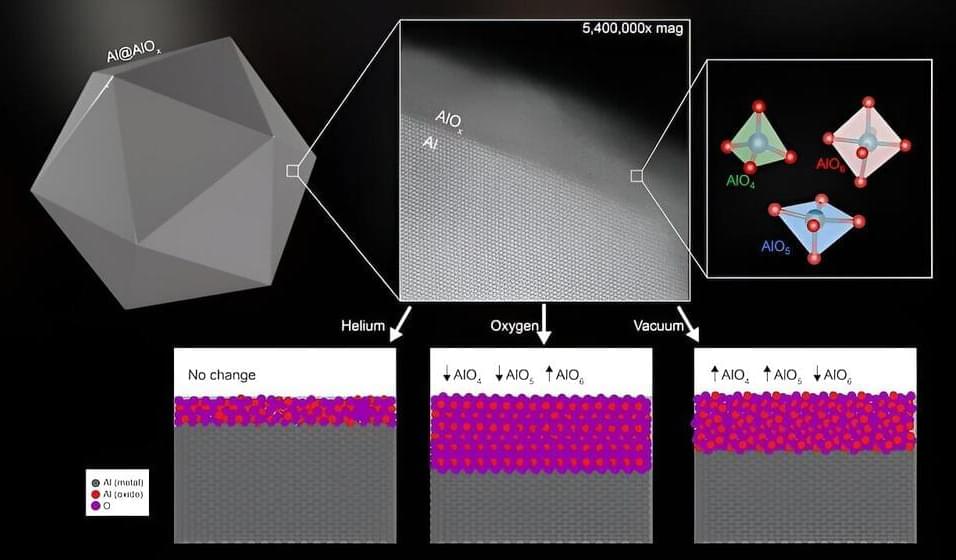Mar 9, 2024
Tesla’s price cuts are driving down car values so much that EV makers are sending checks to leasing firms to compensate them
Posted by Kelvin Dafiaghor in categories: sustainability, transportation
Ayvens, the biggest multi-brand leasing firm, already has received checks in recent weeks to make up for slumping prices, according to Chief Executive Officer Tim Albertsen. Leasing companies are demanding concessions from EV makers, including agreements that manufacturers will buy back vehicles, to protect against further erosion in the $1.2 trillion second-hand car market.
Prices for used EVs plummeted last year as weakening demand for new battery-powered cars prompted Tesla to slash sticker prices, forcing others to follow suit. The moves are reverberating through leasing firms, such as Europe-focused Societe Generale SA’s Ayvens and BNP Paribas SA’s Arval, which serve as middlemen in the corporate car market that accounts for roughly 60% of sales in the region.
“Manufacturers today need to keep selling EVs,” Albertsen said during the company’s earnings call this month. “We then need some kind of protection from the manufacturers in terms of their future pricing.”

















